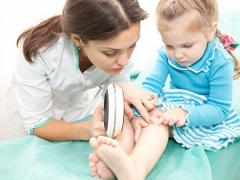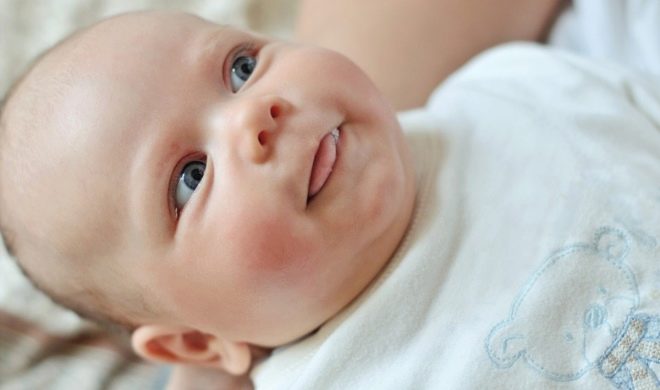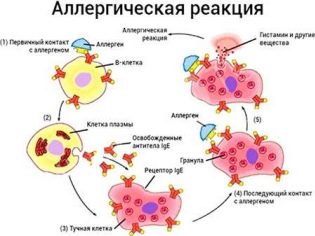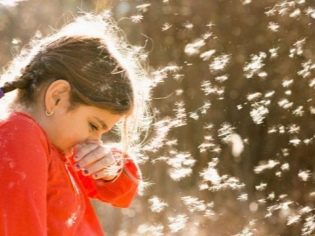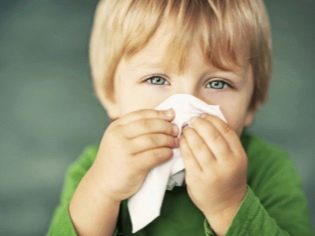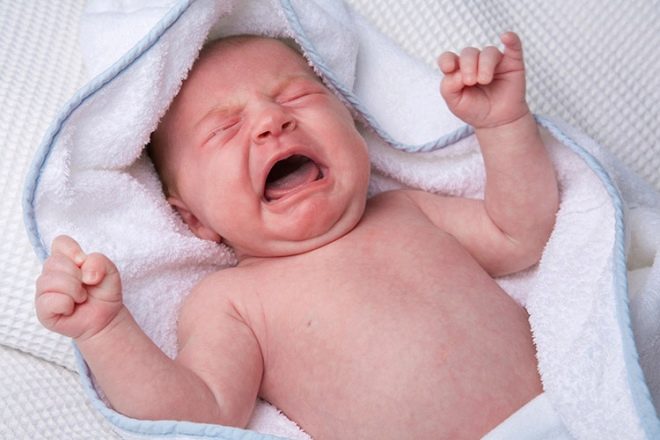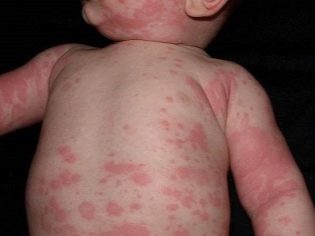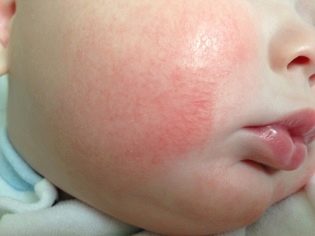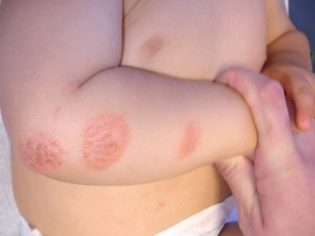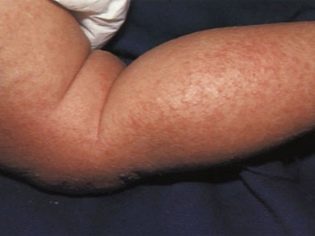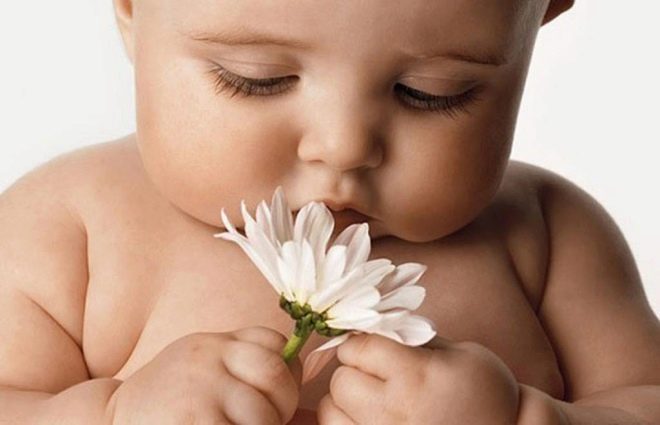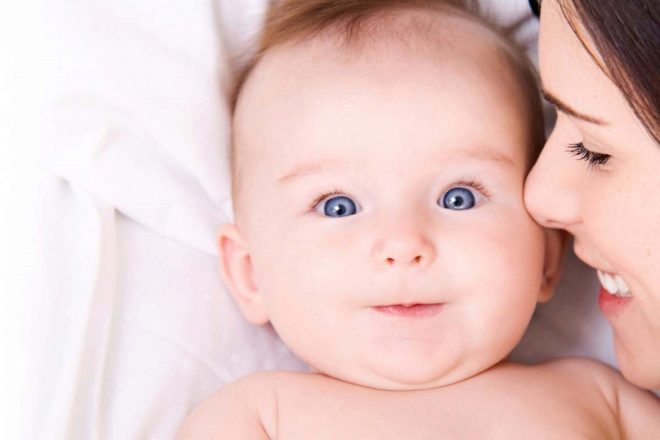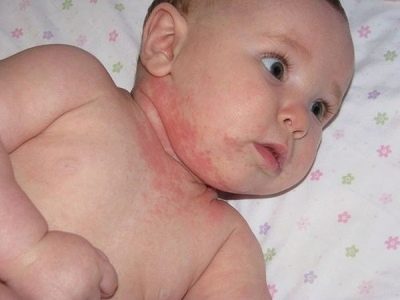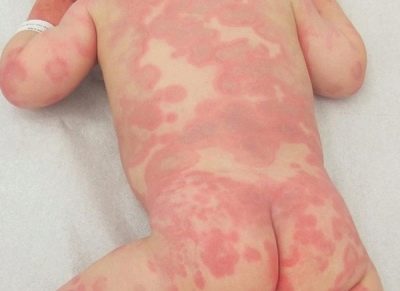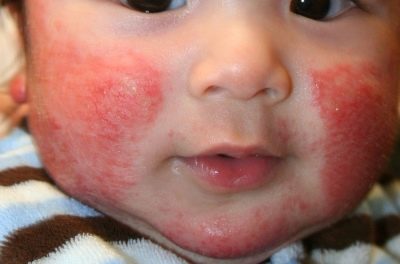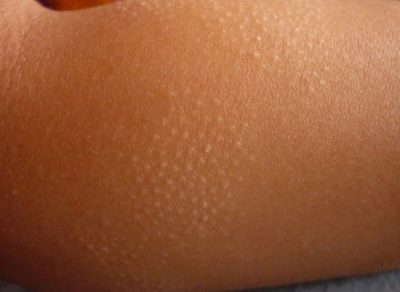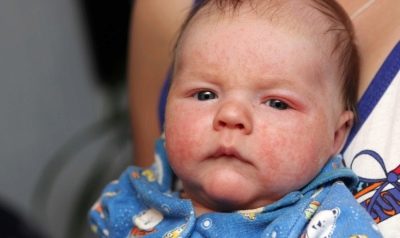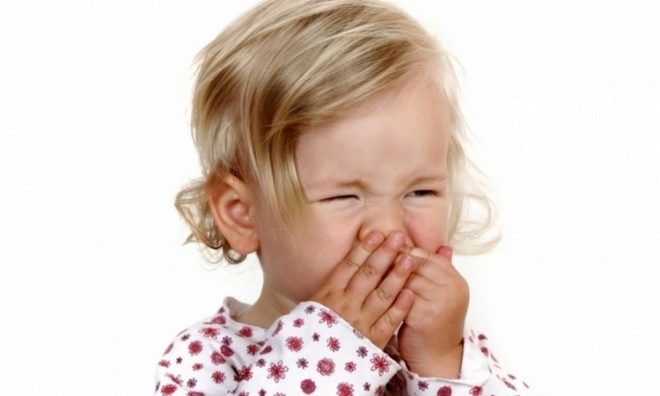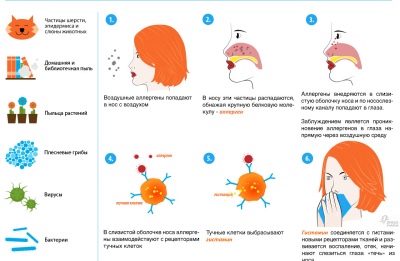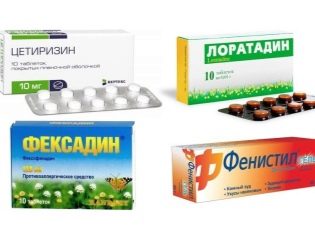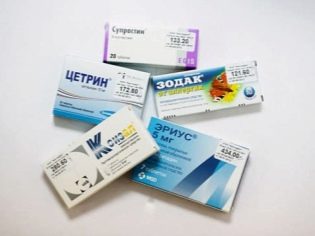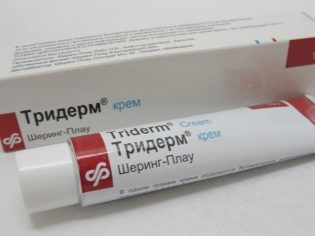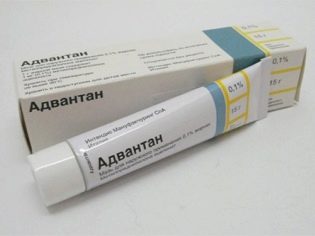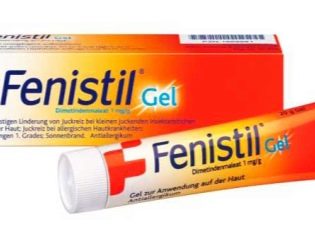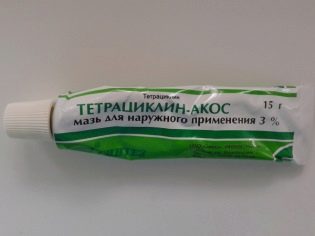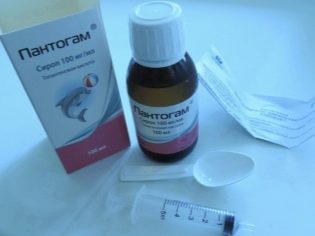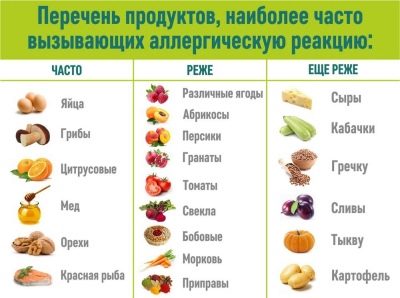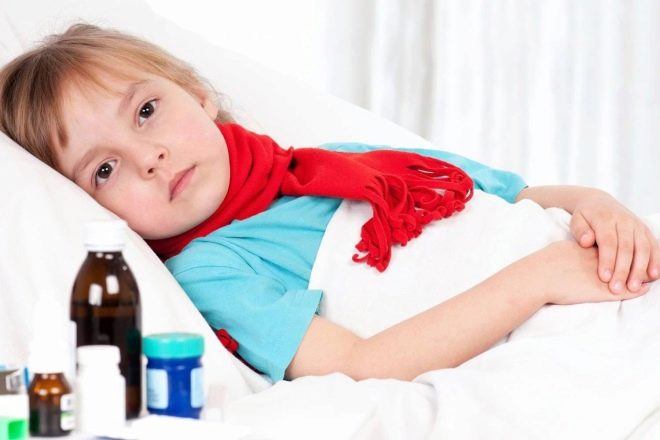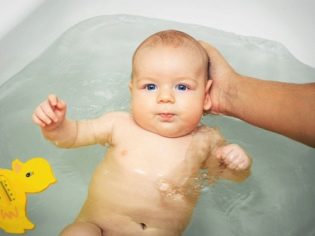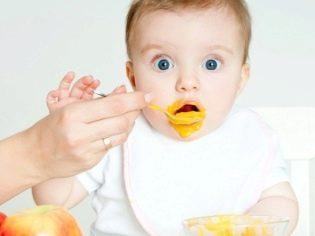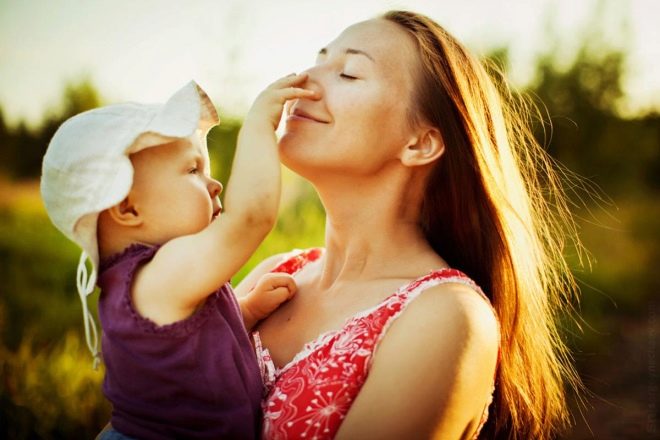Treatment of an allergic rash in children
About two thirds of children under one year old and about 30% of children older than one year suffer from allergies. Inadequate body reaction to the allergen in children is most often manifested in the form of a rash. How the treatment of allergic rash in children is carried out, you will learn by reading this article.
Kinds
The tendency to allergies is often inherited. This fact is no longer in doubt among doctors. However, the mechanisms of development of an allergic reaction are still not fully understood, for it is not always the mother or father who are allergic to an allergic child, who are also allergic.
The essence of the processes taking place is quite simple. A certain antigen protein that cannot be absorbed enters the child’s body. The immunity of the baby “remembers” the foreign protein and, when it is repeated, gives an immune response in the form of an allergic rhinitis, cough. Skin eruptions are also an immune response to a protein antigen.
Medicine knows hundreds of such proteins. Those that occur most often cause the types of allergic rash in children:
- rash on food allergies (for certain products);
- rash in drug (drug) allergies (for specific types of drugs, certain substances and their compounds);
- rash with seasonal allergies (pollen, bloom);
- rashes in response to insect bites;
- contact allergy rash (household chemicals, cosmetics);
- rash for household allergies (house dust, feather pillows, pet hair).
An allergic rash may appear in response to the penetration of the allergen at any age, in children of any gender, race and health condition. Manifestations of skin rashes do not depend on the climate in which the child lives, sufficient or insufficient care is provided for him. An allergy rash is only an outward manifestation of a stormy inner process.
The most common rash occurs in the following forms:
- hives;
- exudative diathesis;
- allergic eczema;
- atopic dermatitis;
- contact dermatitis.
Causes
An allergen is almost always a molecular structure of protein origin. Not all allergens cause an immune response when an organism enters the body. Some are able to bind to proteins that are found in all human tissues. Usually these are elements that are included in the composition of medicines or chemicals.
After the first entry into the child’s body, the allergen causes sensitization, with it the sensitivity and susceptibility of histamine receptors increases, and the sensitivity increases to a specific allergen. Subsequent contacts with this allergen are accompanied by a cascade of immune processes with the formation of skin rashes.
The non-immune mechanism is associated with the release of histamines, which, when exposed to immune cells, cause swelling of the skin layers, dilated capillaries (the cause of redness), blistering.
The number of children suffering from skin allergies is increasing every year. Doctors believe that the main reasons lie in the deterioration of the environment, eating genetically modified foods. In addition, doctors say that children at risk are most susceptible to allergic rashes.
It includes:
- Babies born from pregnancy accompanied by pathologies (preeclampsia, low water or high hydration, carrying twins or triplets, threatened miscarriage, severe toxemia at the beginning and end of the gestation period).
- Children who at an early age (up to a year) had viral infections in severe form.
- Children who, by coincidence, from birth or from the age of up to 3 months are transferred to artificial mixtures.
- Toddlers who lack important vitamins, as well as eating insufficiently or incompletely.
- Children who had to take medication for a long time.
Symptoms
Symptoms of different types of allergic rash have significant differences. For example, contact allergies are never common. Elements of the rash (most often it is the blisters) are located on the part of the body that had contact with the allergen (chemical). Blisters are accompanied by itching.
When food allergies rash usually develops as atopic dermatitis. It is localized on the body, face, neck, sometimes - on the scalp, on the back of the head. The rash does not have a clear outline, fragments can be scattered far from each other - throughout the body.
Hives - These are reddish spots of different color intensity on the skin. When pressing on them with your finger, you can see whitish spots. The urticaria spots are slightly swollen, visually reminiscent of nettle burns. Giant urticaria (the most severe form of such an allergy) is accompanied by swelling of the larynx, neck, angioedema. Urticaria often occurs with drug allergies - on the body, face, arms and legs, on the back and abdomen.
Exudative diathesis most often manifested on the cheeks, chin, handles and neck, as well as on the auricles and in the ear space. At first they are bubbles filled with clear liquid, which cause a strong judgment. The child worries, combs the skin or rubs it on the bed, as a result, the bubbles burst easily, leaving behind red crusts. If eczema develops, then these crusts become soggy, itchy, and complicated by adhering infection, which becomes noticeable by the presence of pustules.
Allergic rash may be completely colorless.manifested as goosebumps. She usually is not accompanied by an itch, has no severe form. This happens if the process of inflammation stops on the lesion of the papillary dermis.
How to distinguish allergies from infections?
Parents who have found a strange rash on a child’s skin first of all want to know what the matter is - an allergic reaction or infectious diseases that also occur with skin manifestations. Only a called doctor can answer this question with a high degree of confidence. Laboratory diagnostics is able to confirm or refute his conclusion. However, attentive parents are also able to catch the difference between infections and allergies. In fact - it is not so difficult.
With allergies there is no fever. With infections, fever and fever are most often the obligatory “satellites” of the initial stage of the illness. An infectious rash usually has a clear outline - papules, vesicles, pustules, and other elements of the rash have certain borders, shape. When allergic rash forms blisters and blisters are quite blurred.
Swelling of the face and lips, the appearance of puffiness with allergies is often, but with infections such symptoms are usually not observed. In case of allergies, the rash itches and itches, and in infections this does not always happen.
Weakness, intoxication and body aches with infectious diseases are always, but with allergies - almost never. A runny nose that accompanies the infection changes its character — first, a liquid secret secretes from the nose, then it thickens and changes color. In case of allergy, snot in a child is fluid all the time, the nature of the course of rhinitis does not change with time.
Allergic rash prone to fusion, swelling of the skin, infectious usually does not swell, and all its elements are clearly visible. The first is usually manifested by spots and bubbles, the second by vesicles, pustules, papules.
First aid
Treat allergies should allergists and pediatricians. But to give the child first aid at home should be able to all parents, given that skin allergies can happen suddenly - at any time and with any baby.
When a rash appears, first of all you need to carefully examine the skin of the baby, to notice the features and locations of the spots. It is important to remember that the child ate, drank, took over the last 3-4 days.
If there is a suspicion of food allergies, then the child is given enterosorption in the age dose (“Enterosgel"), Wash the skin with rashes with cool water without soap. Before visiting the doctor, nothing more can be given.
If you suspect a drug allergy, you should stop taking the medicine and take the child to the doctor’s appointment. The exception is when the child is given medicine for health reasons. Then you should not interrupt the course. It is better to go to the reception to a specialist.
For any form of allergy, first aid consists in interrupting contact with the allergen. If it is not known what the child had a skin reaction, it is better to protect him from a wide range of potentially dangerous common allergens. This includes whole cow's milk, eggs, nuts, citrus fruits, some types of sea fish, sweets, honey and other food, house dust, animal hair, fish food, all perfumes, cosmetics, plant pollen and medicines.
If the cause of rashes to parents is clear, then it will be easier to limit contact with the allergen.
The lesion site is washed with water without soap in any case. With a strong rash, you can give the child antihistamines (in a single age dose). After consultation with the doctor, they begin the main treatment.
Treatment
The basis of treatment is the elimination of the allergen. It can be found by modern diagnostics, which includes laboratory methods, as well as allergy tests. After eliminating the allergen, the doctor decides on the use of medicines. Everything will depend on the degree of skin lesions and general symptoms.
In milder forms of rash well help means with a sedative effect - tincture of motherwort, decoction valerian, decoction of lemon balm. Ingestion of such drugs will allow the baby to suffer less from itching, as well as improve the sleep of the child.
Antihistamines eliminate the internal cause of the rash - free histamine. In pediatric practice, “Erius”, “Loratadine», «Tsetrin"," Zyrtec ","Diazolin"," Suprastin ","Claritin"," Fenistil "(drops).
Sorbents help excrete toxins generated by allergens. Polysorb andEnterosgel", and "Lactofiltrum».
Locally, rash sites can be treated with Fenistil (gel). With an extensive itchy rash, the doctor may recommend hormones with a low content of glucocorticosteroid hormones - for example, ointment "Triderm" or "Advantan". They will remove the itching and gradually remove all the rashes. With a severe allergic process, hormonal drugs ("Prednisolone") Are prescribed for internal use.
If the rash is accompanied by severe edema, the doctor will definitely recommend diuretic drugs together with calcium preparations, so that frequent urination does not lead to the "washing out" of this essential mineral from the body.
Children with allergies should be bathed without a scum, shampoo and soap. In the water, you can add a small amount of decoction of chamomile or calendula. Wash the child in water with the addition of essential oils is unacceptable.
If it is necessary to use other medicines, it is important to call the doctor and consult about the possibility of taking them during the treatment of an allergic rash. Some antibiotics (for example, "tetracycline"), as well as the nootropic drug "Pantogam"Often cause severe allergies, which is undesirable when treating a rash.
Lubricating rashes with allergies baby cream is impractical and harmful, because under the layer of greasy cream the skin will "soak", which will slow recovery. Apply the powder, too, is not worth it, because it dries the skin too much.
In addition to medication, a child with skin allergies is prescribed a special hypoallergenic diet, completely excluding products that can aggravate the condition of the baby. For children under one year old, the doctor carries out the correction of the mother’s food if she is breastfeeding, or replaces the infant's adapted milk formula.
If you follow all the recommendations and prescribed course, the rash passes in about a week and a half.
General recommendations
To prevent the development of skin allergies for the first time (as well as the facts of recurrence in children who have already undergone treatment) will help simple and effective preventive tips:
- It is not necessary to give the child a large number of medicines. This undermines its immunity and provokes mild allergic reactogenicity. If it is possible to reduce the temperature without a tablet, it is worth using it. If you can not give cough syrup, and instead provide a warm, abundant drink and massage, it is better to take advantage of this opportunity.
The less a child "eats" pills, the stronger his immunity.
- Excessive sweating only increases the manifestations of skin allergies. And because the child does not need to muffle. In the room where the baby lives, it is necessary to maintain optimal conditions: air temperature - at the level of 19-21 degrees, relative humidity of air - 50-70%. It is necessary to dress the child according to the weather, while avoiding synthetic fabrics that will impede the process of evaporation of sweat and create a "greenhouse" effect.
- Introduce complementary foods only according to the lure calendar. You should not experiment with food, rush things, start to feed the child with products not according to age. Protein structures, which, for example, are contained in cow's milk, cannot be digested by the body of a child who is not a year old, and therefore the proteins in their pure and original form simply rot in the intestine, causing an allergic reaction.
- To bathe a child who is prone to allergies, a child with problem skin should be in the water, previously freed from chlorine. To do this, the water is pre-boiled, while boiling chlorine evaporates. Older children can be bathed in normal water, if you add to it a decoction of the series.
It is not necessary to use household chemicals containing chlorine for cleaning in the house.
- All baby clothes and bedding should be washed with a special hypoallergenic baby powder. Use of adult detergents is not allowed. If a child sleeps in the same bed with his parents, then adult laundry, as well as pajamas and nightgowns of the parents, are washed with baby powder.
- In the bedroom of a one-year-old baby or more adult child there should not be carpets, large soft toys, open cabinets with books or linens. All the listed items are universal household dust accumulators.
- The child should spend more time outdoors. If in the spring he is allergic to pollen, then it is worth choosing a place where allergenic plants do not grow, and in summer, during the flowering season of meadow grasses, you should not send a child to grandmother in a village or out-of-town Children's Health Camp. Most of the allergic attacks can and should be prevented, so as not to heal.
- But to limit the communication of the child with animals is not worth it, if he does not have an allergy to wool. Pediatricians have long noticed that children who, from the very first days of their lives, had contact with home cats and dogs are less susceptible to allergies than their peers, whose parents are afraid to start a four-legged pet in the apartment where the heir grows.
How to find the cause of allergy, see the next video. Dr. comments Komarovsky.
